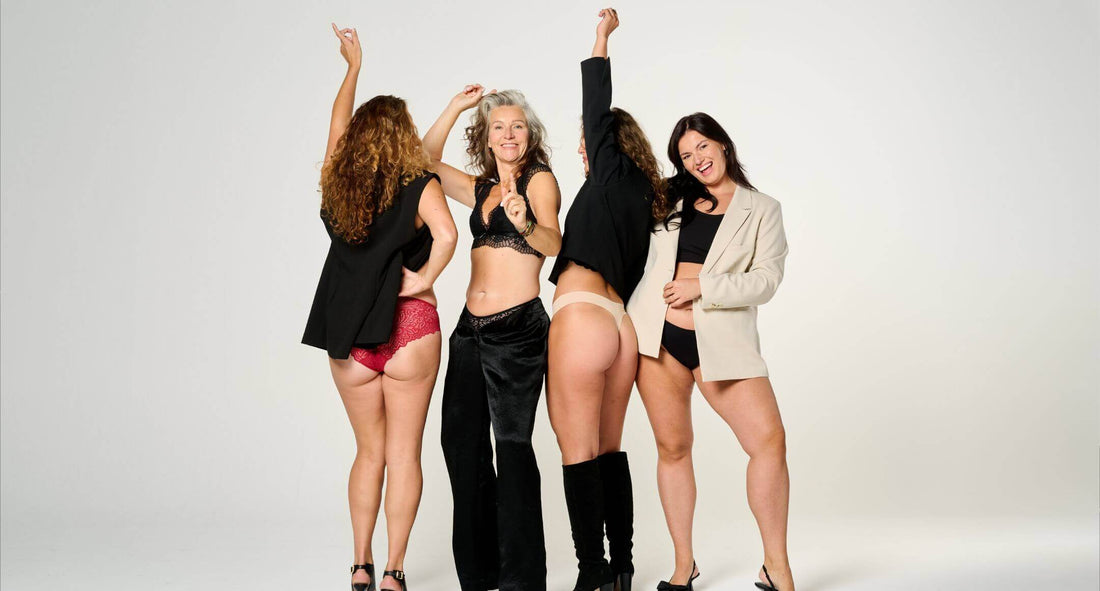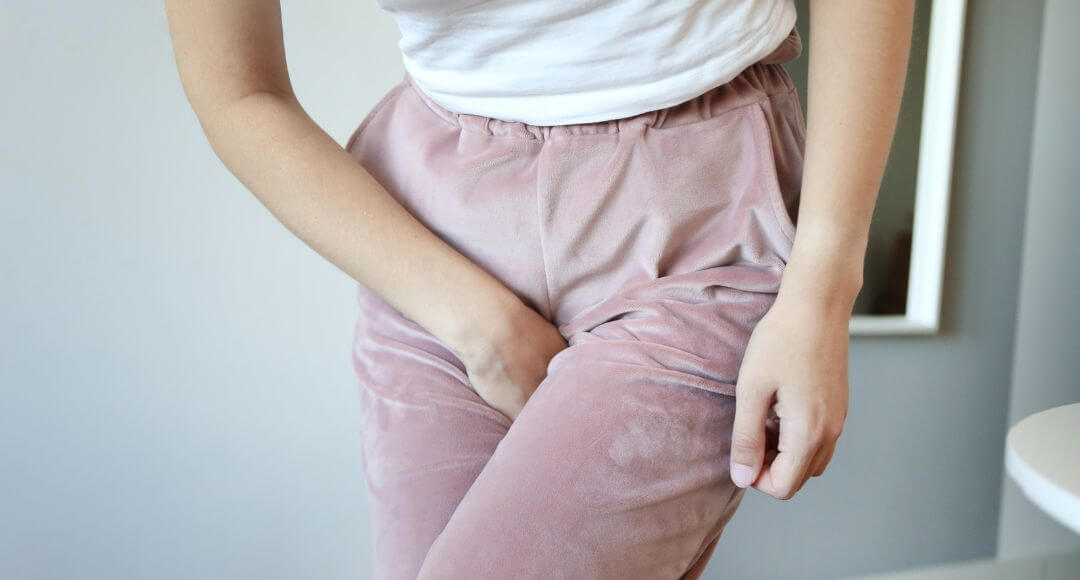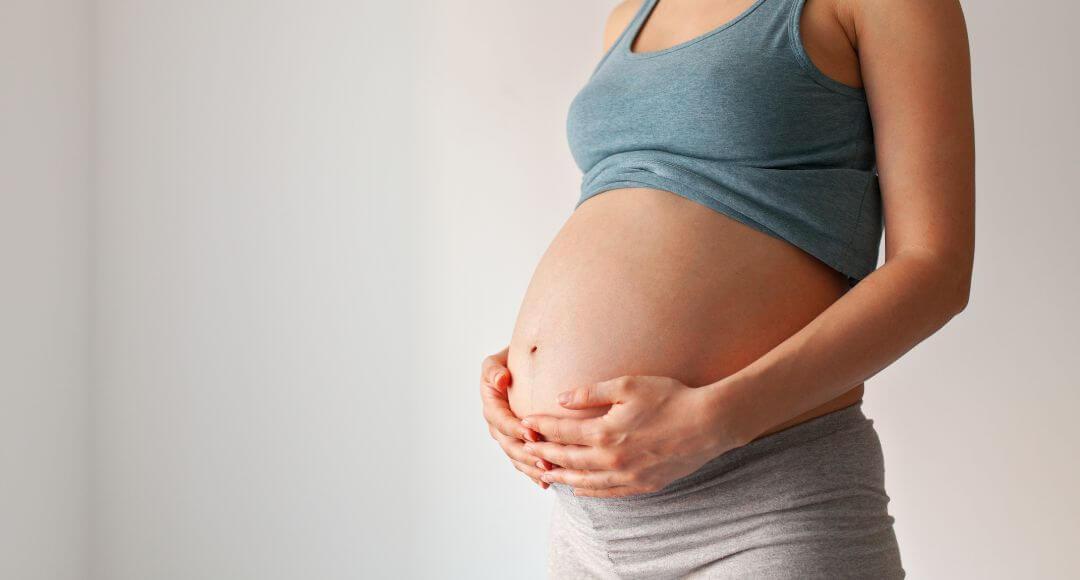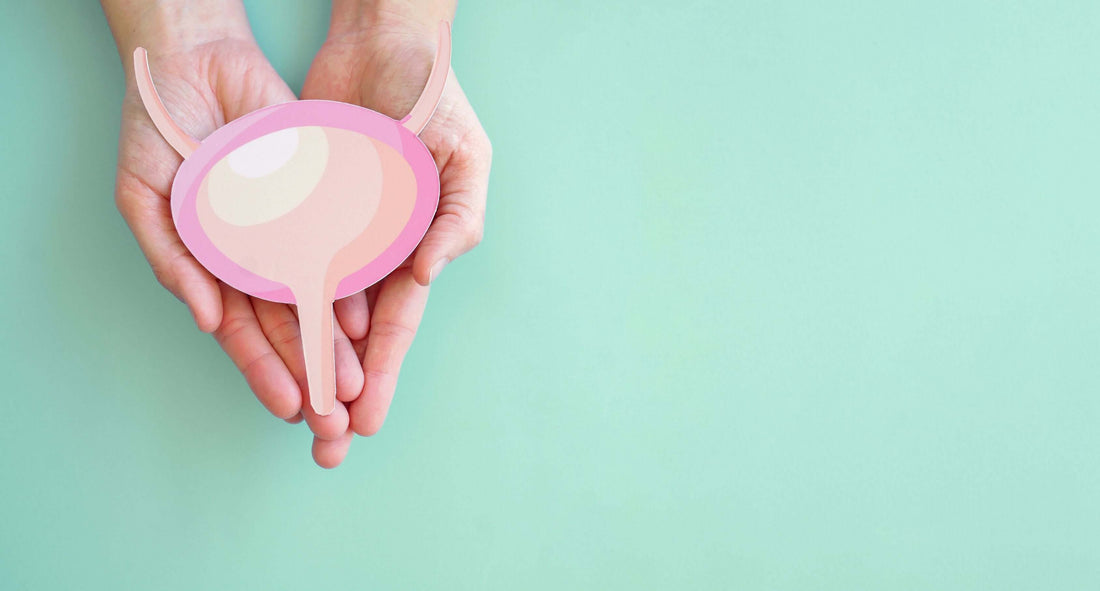Incontinence is a common but often overlooked problem. Whether it's a few drops during laughter or complete loss of bladder control, it can have a significant impact on daily life.
For many women, it's something they'd rather not talk about. Yet, it's important to create more openness.
Because urinary incontinence doesn't just affect older women. It also affects young women, mothers, and menopausal women. By discussing it, more women can find recognition and appropriate support.
What does incontinence actually mean?
Incontinence is the involuntary loss of urine, resulting in a loss of bladder control. This can be temporary, for example, after childbirth, or long-term. It is not a condition in itself, but a symptom of a bladder function problem. Urinary incontinence is the most common form of incontinence in women.
There are different types of incontinence:
- Stress incontinence : leakage when coughing, sneezing, lifting or laughing
- Urge incontinence : sudden, irrepressible urge
- Overflow incontinence : when the bladder is not completely emptied
- Functional incontinence : if you are unable to go to the toilet in time due to circumstances
- Reflex incontinence : loss of urine without the urge, often due to neurological damage
The amount of urine leakage varies from person to person. Sometimes it's just a few drops, sometimes larger amounts. The experience is personal, but the discomfort is often shared.
How does incontinence usually start?
The first signs of incontinence are often subtle. It starts with a few drops when you laugh or sneeze. Or it can begin with a sudden urge to go to the bathroom and then not being able to hold back. Some women notice less control when exercising or lifting heavy objects.
For many women, incontinence develops gradually. For example, after pregnancy, during menopause, or due to the aging of the pelvic floor muscles. Chronic constipation or a bladder infection can also cause temporary urine leakage.
The course and severity of urinary incontinence can vary from woman to woman. Some women experience occasional urinary incontinence, while others experience it daily.

How common is incontinence in the Netherlands (and worldwide)?
Incontinence is more common than you think. In the Netherlands, approximately 1 in 10 people suffer from urinary incontinence. The majority of these are women. Women experience urinary incontinence more often than men, partly due to pregnancy, childbirth, and hormonal changes during menopause.
The risk of incontinence increases with age. But younger women can also experience it. Think of urinary incontinence during or after pregnancy, or due to intense exercise. During menopause, the hormone balance changes, which can also affect the pelvic floor and bladder.
Yet, many women don't talk about it. Shame, taboo, or the feeling that it's just "part of the game" often keep incontinence hidden. While there are many ways to manage it, there are many options.
Can incontinence be cured?
In some cases, incontinence in women can disappear completely. For example, if it's caused by a temporary physical change, such as after childbirth or a bladder infection.
In other cases, complete recovery is not possible, but symptoms can be significantly reduced. Pelvic floor physiotherapy is a commonly used method. Bladder training or certain medications can also improve control. Sometimes surgical treatment is considered, for example, in cases of severe stress incontinence.
Additionally, there are techniques like neuromodulation, in which mild electrical impulses via a nerve pathway influence bladder function. While not everyone's approach works the same way, there are many options to manage the symptoms.
Can you prevent incontinence?
In some cases, urinary incontinence is unavoidable. Genetics or certain hormonal changes are examples. However, you can influence the risk of incontinence.
A healthy lifestyle helps. Pelvic floor muscle training can help maintain control. This can be done with specific exercises or with the help of a physiotherapist. It's also important to avoid being overweight, as this puts extra pressure on the bladder.
In addition, daily habits play a role:
- Don't wait too long.
- Pee quietly.
- Do not press too hard on the toilet.
- This helps maintain healthy bladder function. Quitting smoking is also beneficial, as coughing puts extra strain on the pelvic floor.
There's no guarantee you'll completely avoid incontinence. But managing your bladder and body better can certainly help.
Incontinence underwear can help in everyday life

For women who suffer from urine leakage, incontinence underwear is a comfortable and practical solution. It looks like regular underwear, but it has a special layer that absorbs moisture and neutralizes odors.
The best part is that it looks stylish and is comfortable. You can choose from various styles: from a soft hiphugger to an elegant lace brief . There are versions for light and moderate bladder weakness.
More and more women are choosing washable incontinence underwear. It's sustainable, better for the environment, and more comfortable than disposables. You feel freer, worry less about leaks, and can continue doing what you want, from exercising to a day out.
Finally
Urinary incontinence is not uncommon, but a common problem that many women face. Yet, it remains a taboo topic. And yet, talking about incontinence can actually help us find solutions and gain support.
Sharing good information makes it easier to take action. Whether it's recognizing the early signs or finding the right resources, such as incontinence underwear, you don't have to go it alone.
Incontinence isn't an end point. It's a starting point for awareness, self-care, and freedom of choice.





